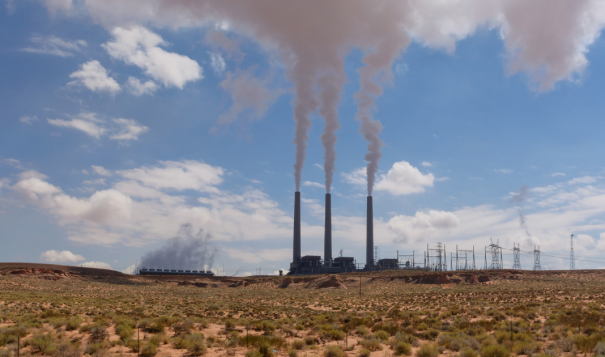News Article Article pages that do not meet specifications for other Trust Project Type of Work labels and also do not fit within the general news category.
Energy Department to redefine ‘high level’ waste as ‘low level’ waste; so much ‘more efficient’

When is nuclear waste “high level?” The Trump administration says new ‘low level’ labels are more efficient and still safe
First it was “freedom gas.” That word shift seemed silly, but a harmless, change in the government’s language. Now the U.S. Department of Energy is getting serious: Redefining “high level” nuclear waste as low level waste.
The old way was too slow and bureaucratic. “Recognizing this failure, this administration is proposing a responsible, results-driven solution that will finally open potential avenues for the safe treatment and removal of the lower level waste currently housed in three states,” said U.S. Under Secretary for Science Paul Dabbar. “DOE is going to analyze each waste stream and manage it in accordance with Nuclear Regulatory Commission standards, with the goal of getting the lower-level waste out of these states without sacrificing public safety.”
The new definition will be based on the radioactivity levels in order to “dispose of it more efficiently to improve public health and safety of our environment.”
Under current law “high level waste” must be buried in deep geologic formations in order to protect public health (as if even that is a guarantee). The new role say that waste now classified as “low level” can be contained in a shallow storage facilities.
The Energy Department “will pursue new avenues for the responsible and safe treatment and removal of lower level waste that has been languishing at DOE sites, while protecting the environment and the health and safety of local communities,” according to a news release.
In other words cheaper. More efficient. The agency says it’s worth $40 billion.
Tom Carpenter, executive director of Hanford Challenge in Washington, says there are significant issues in the region involving the Columbia River.
The Columbia River is where tribes have treaty fishing rights to salmon.
Previous administrations have proposed turning Hanford into a permanent storage facility for high level waste, something that the Yakama Nation (working with other regional tribes) successfully blocked in 1982.
But that proposal could be debated again because some of the Hanford waste may now be considered “low level.” The Department, however, says the current treatment of waste was high level will continue “until and unless a specific waste stream has been shown not to be high level waste through this process.” The department said final decisions will be on a case by case basis.
Washington Gov. Jay Inslee and Attorney General Bob Fergerson said in a joint statement: “Washington will not be sidelined in our efforts to clean up Hanford and protect the Columbia River and the health and safety of our state and our people.”
It’s a similar problem in Idaho. The reclassification of nuclear waste will make it easier to move out of state. Or, just leave it in place since the Department of Energy no longer considers it dangerous.
As Geoff Fettus, a senior attorney at the Natural Resources Defense Council, said last week: “Pretending this waste is not dangerous is irresponsible and outrageous.”
Beatrice Brailsford, the nuclear program director at the Snake River Alliance, said: “Protecting people and the environment from nuclear hazards is a key Department of Energy responsibility. DOE: Do your job!”
Mark Trahant is editor of Indian Country Today. He is a member of the Shoshone-Bannock Tribes. Follow him on Twitter – @TrahantReports
